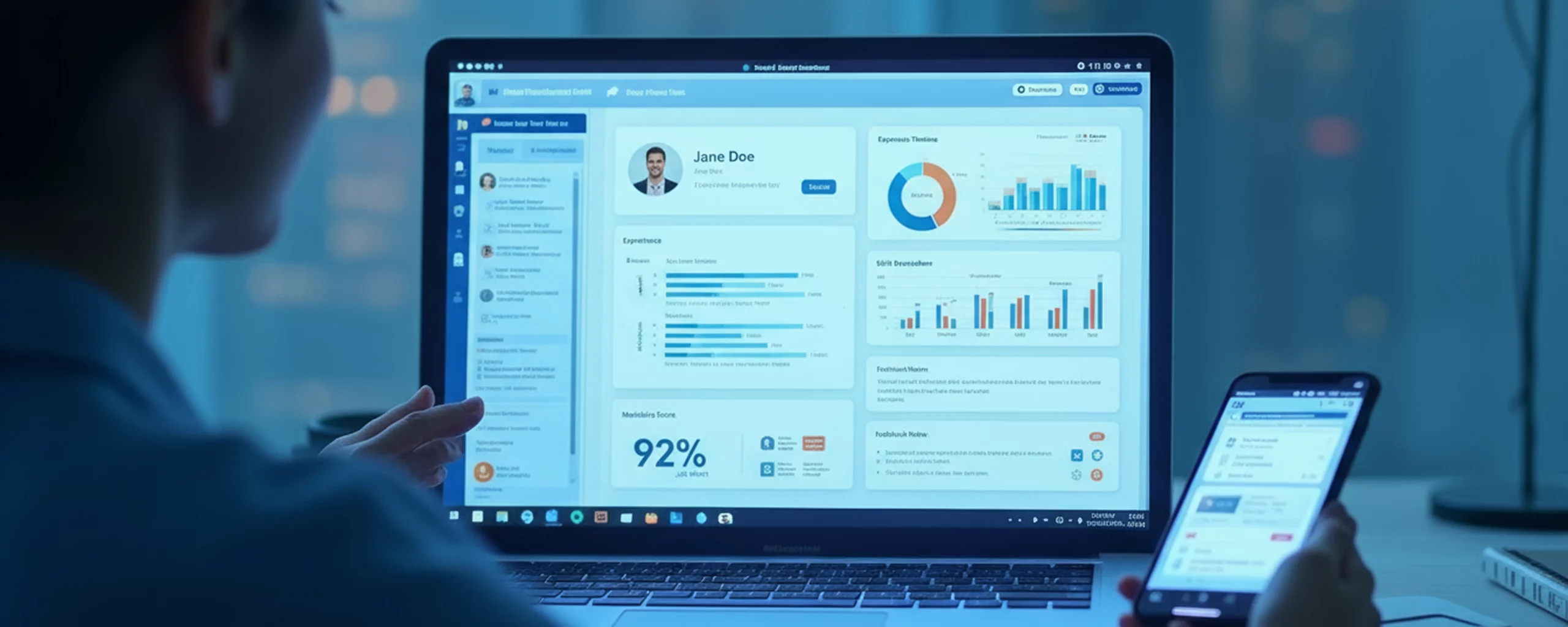HR Workflow Software: The Future of Efficient People Management

HR teams today face mounting pressure. From managing compliance and employee onboarding to handling payroll and performance reviews, the work is endless. Manual processes create bottlenecks, slow down decision-making, and increase the risk of errors. That’s where HR workflow software comes in. This technology automates repetitive tasks, improves accuracy, and ensures HR can focus on people rather than paperwork.
According to Deloitte, nearly 60% of HR leaders plan to increase investment in HR automation by 2025. The goal is simple: streamline workflows, improve employee experience, and stay compliant in a fast-changing regulatory environment.
What is HR Workflow Software?
HR workflow software is a digital platform that automates HR processes such as onboarding, leave management, payroll, compliance tracking, and performance reviews. Instead of managing tasks manually, HR teams can design workflows that run automatically. This reduces errors and saves time.
The software typically includes features like document management, e-signatures, automated reminders, role-based permissions, and compliance reporting. By integrating with existing HR systems such as payroll or ATS platforms, it creates a centralized hub for employee lifecycle management.
Benefits of HR Workflow Software
The benefits go beyond time savings. Here are some of the biggest advantages for HR teams:
1. Increased Efficiency
Manual HR processes drain time. Automating them cuts hours off repetitive tasks. For example, employee onboarding workflows can move from days to just a few hours. This means HR staff can focus on higher-value work like engagement strategies or workforce planning.
2. Fewer Errors
Mistakes in payroll or compliance can lead to fines or unhappy employees. HR workflow software ensures accurate data capture and validation. Automated checks prevent duplicate entries and flag missing information before submission.
3. Compliance Confidence
Labor laws and data privacy rules are changing quickly. HR workflow software keeps policies aligned with compliance standards across regions. Automated audit trails make it easier to demonstrate adherence during inspections.
4. Better Employee Experience
Employees want seamless HR processes. Delayed approvals or missing paperwork create frustration. With automated workflows, employees enjoy faster onboarding, quicker leave approvals, and easier access to records. This builds trust and satisfaction.
5. Cost Savings
By reducing manual hours and avoiding compliance penalties, businesses save money. According to McKinsey, automation can cut HR administrative costs by up to 40%. These savings can be reinvested into employee development or retention programs.
6. Data-Driven HR
Automated workflows generate data at every step. HR leaders can analyze bottlenecks, track performance metrics, and identify patterns in employee behavior. These insights support better decision-making around hiring, promotions, and engagement.
Key Features to Look For
When selecting HR workflow software, consider the following must-have features:
- Automation Engine: Ability to build rule-based workflows for processes like onboarding, leave requests, or performance reviews.
- Integration: Compatibility with payroll, ATS, or ERP systems.
- Compliance Management: Tools for reporting, audit trails, and document storage.
- Employee Self-Service: Portals for leave requests, document uploads, or accessing pay stubs.
- Analytics Dashboard: Real-time visibility into HR operations and KPIs.
- Scalability: Ability to grow as the workforce expands.
Practical Use Cases
- Onboarding: New hires automatically receive contracts, training schedules, and IT access. Managers are notified when tasks are complete.
- Leave Management: Employees submit requests online. The system routes them to managers and updates payroll automatically.
- Performance Reviews: Reminders go out to managers and employees. Feedback is stored centrally for future reference.
- Compliance Tracking: HR can set automated reminders for certifications or licenses that require renewal.
How to Choose the Right Solution
- Map Current Processes: Identify pain points in your HR workflows.
- Set Priorities: Decide if compliance, cost savings, or employee experience is the top goal.
- Evaluate Integrations: Ensure the software connects with existing tools.
- Test User Experience: Run pilots with employees to measure ease of use.
- Plan for Scale: Choose software that supports workforce growth.
Why Isometrik AI
Isometrik AI helps HR teams build tailored workflow automation with flexibility and compliance in mind. Our platform adapts to unique organizational needs, making HR processes smoother and more efficient.
Conclusion
HR workflow software is no longer optional. It’s the backbone of modern HR operations. It saves time, reduces risk, and creates better employee experiences. Companies that invest in the right solution today will future-proof their HR tomorrow.
If you’re ready to simplify your HR operations, consider how Isometrik AI can help you design workflows that fit your business.